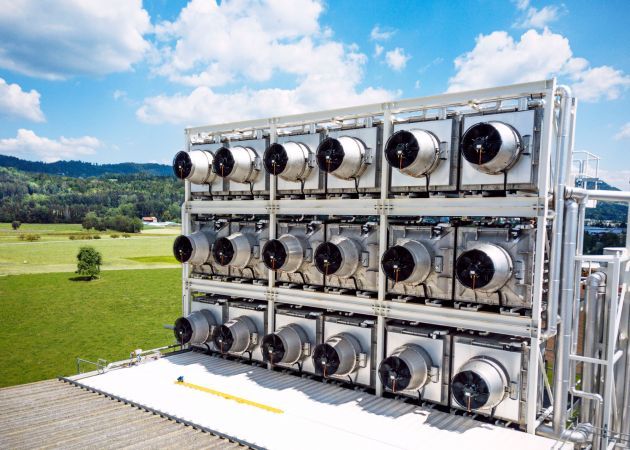Understanding Direct Air Capture and Its Role in Climate Action

Introduction: The Importance of Direct Air Capture
As the world grapples with the escalating effects of climate change, innovative technologies aimed at reducing greenhouse gas emissions have gained significant attention. Direct air capture (DAC) is one such technology that has emerged as a pivotal solution in the fight against global warming. By directly extracting carbon dioxide (CO2) from the atmosphere, DAC holds the potential to help achieve net-zero emissions and mitigate the impacts of climate change.
What is Direct Air Capture?
Direct air capture refers to a set of technologies designed to filter CO2 from the ambient air, often utilizing chemical processes. The captured CO2 can then be stored underground or reused in various industrial applications, including synthetic fuels, building materials, and even food production. This technology is seen as a complement to reducing emissions from various sources, rather than a replacement for other climate action strategies.
Recent Developments in DAC Technology
In recent months, advancements in direct air capture technology have been noteworthy. For instance, companies like Climeworks and Carbon Engineering have announced new facilities set to come online, which could substantially scale up CO2 removal capabilities. These projects are receiving increased investment not only from private sectors but also from governmental support, highlighting a collective acknowledgment of DAC’s potential. In the United States, the Biden administration has proposed funding through the Infrastructure Investment and Jobs Act to support carbon removal technologies, including DAC.
Challenges and Investment Needs
Despite its promise, DAC remains a nascent sector facing several challenges. The high costs associated with deploying DAC technology at scale, estimated to be between $100 to $600 per ton of CO2 removed, hinder widespread adoption. Additionally, energy requirements for DAC processes are a significant concern, requiring renewable energy sources to ensure the process is climate-positive. Therefore, ongoing research and development, along with significant financial investments, are essential for making DAC more efficient and affordable.
Conclusion: The Future of Direct Air Capture
As the effects of climate change become increasingly severe, technologies like direct air capture are vital in the collective effort to reduce atmospheric CO2 levels. While challenges remain, the advancements in DAC technology signify a hopeful step toward achieving global climate goals. For individuals, policymakers, and businesses, supporting and investing in DAC initiatives can contribute to a sustainable future, potentially leading to a more resilient climate landscape.








